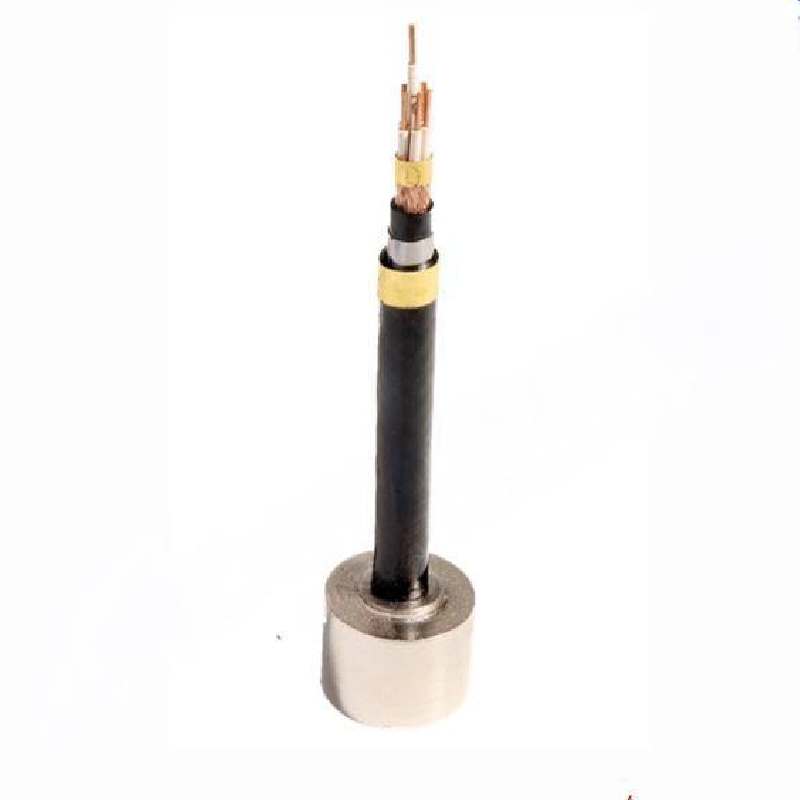Oct . 20, 2024 14:35 Back to list
y type strainer
Understanding Y-Type Strainers A Comprehensive Overview
In the realm of fluid mechanics and engineering, maintaining the integrity of piping systems is crucial for operational efficiency. One essential component that aids in this maintenance is the Y-type strainer. This article delves into the intricacies of Y-type strainers, discussing their design, functionality, applications, and advantages.
What is a Y-Type Strainer?
A Y-type strainer is a type of filter used in piping systems to remove unwanted debris and particulates from liquids or gases. Named for its distinctive shape that resembles the letter Y, this strainer incorporates a straining element that captures contaminants while allowing the fluid to pass through unobstructed. The design enables effective filtering without significantly impeding the fluid flow, making it an ideal choice for various industrial applications.
Design Features
Y-type strainers consist of a few key components, including the body, cover, and straining element. The body is typically made of durable materials such as stainless steel, carbon steel, or plastic, depending on the fluid's nature and the working environment. The cover allows for easy access to the straining element for maintenance and cleaning.
The straining element itself can be made from different materials, including meshes or perforated plates, depending on the required filtration size. Y strainers are available in various sizes and connection types (flanged or threaded) to fit different piping systems, ensuring compatibility with diverse applications.
How Y-Type Strainers Work
The operation of a Y-type strainer is straightforward. Fluid enters through the inlet and flows into the strainer body, where it encounters the straining element. Contaminants such as dirt, rust, and debris are caught on the straining element, while the clean fluid continues through the outlet. Over time, debris accumulation can reduce flow efficiency, necessitating periodic maintenance to clean or replace the straining element.
Applications of Y-Type Strainers
Y-type strainers are widely used across various industries, including
y type strainer

1. Water Treatment In municipal water systems, Y-type strainers remove sediments and particulate matter from water supply pipes. 2. Chemical Processing In chemical plants, they prevent contaminants from entering equipment, ensuring smooth operation and extending machinery life. 3. Oil and Gas In oil refineries and gas processing plants, these strainers protect pumps and valves from particulate damage.
4. HVAC Systems Y-type strainers are used to keep heating and cooling systems clean, preventing blockages and ensuring efficient energy use.
5. Food and Beverage In food processing, Y-type strainers help maintain product quality by filtering out unwanted particles.
Advantages of Y-Type Strainers
1. Space Efficiency The compact design of Y-type strainers makes them suitable for installations with limited space. 2. Ease of Maintenance The cover design allows for quick access to the strainer element, simplifying cleaning and replacement tasks.
3. Versatile Use Y-type strainers can handle a wide range of fluid types, including gases and various liquids, making them highly versatile.
4. Cost-Effective By protecting pumps and other equipment from damage, Y-type strainers can reduce repair costs and downtime, providing long-term savings.
5. Reliable Performance With their robust construction and effective filtration capabilities, Y-type strainers ensure reliable operation in demanding environments.
Conclusion
Y-type strainers play a pivotal role in maintaining the efficiency and reliability of fluid transport systems across a wide array of industries. Their efficient design, ease of maintenance, and versatile application make them indispensable in protecting equipment and ensuring the smooth operation of processes. As industries continue to seek ways to enhance operational efficiency, the importance of components like the Y-type strainer cannot be overstated. Understanding their function and benefits will aid in making informed decisions regarding system maintenance and performance optimization.
Share
-
Reliable Wafer Type Butterfly Valves for Every IndustryNewsJul.25,2025
-
Reliable Flow Control Begins with the Right Ball Check ValveNewsJul.25,2025
-
Precision Flow Control Starts with Quality ValvesNewsJul.25,2025
-
Industrial Flow Control ReliabilityNewsJul.25,2025
-
Engineered for Efficiency Gate Valves That Power Industrial PerformanceNewsJul.25,2025
-
Empowering Infrastructure Through Quality ManufacturingNewsJul.25,2025